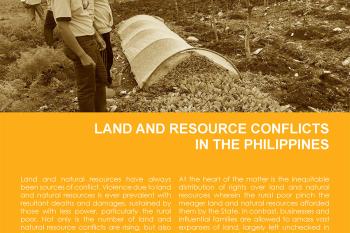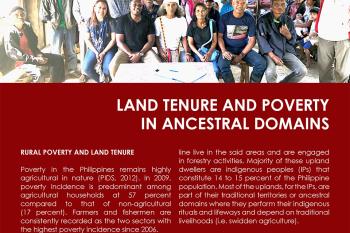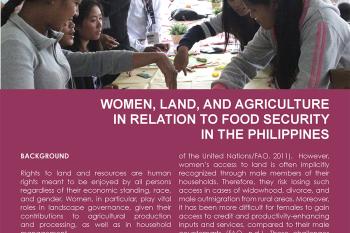Cultivating hope: Transforming rural Nepal through innovative land tenure solutions


After decades of steady decline, the number of people who suffer from hunger began to slowly increase again in 2015. As a result, more than 820 million people in the world were hungry in 2018. The worrying trends in developing countries are reflected in the Sustainable Development Goal 2: to end hunger, achieve food security and improved nutrition and promote sustainable agriculture by 2030.
Given that land plays an important role in the livelihoods of most people in developing countries, food security cannot be achieved unless issues of access to land, security of tenure and the capacity to use land productively and in a sustainable manner are addressed. Secure land tenure and resource rights are also fundamental to shelter and livelihoods, poverty reduction, economic prosperity, realization of human rights, and sustainable development (UN-Habitat Agenda, 1996).
Findings from GLTN scoping missions in 2017 in Laos PDR, the Philippines and Uganda revealed that these countries are faced with considerable land related challenges including inequitable access to land and natural resources, land conflicts, tenure insecurity and weak institutions for land management and administration.
GLTN facilitated by UN-Habitat is addressing these issues through the ‘Secure Access to Land and Resources’ project. The Project will be implemented for a period of three (3) years.

Concerns over food insecurity in developing countries are reflected in the Sustainable Development Goals (SDGs) to end hunger, achieve food security and improved nutrition, and promote sustainable agr

Concerns over food insecurity in developing countries are reflected in the Sustainable Development Goals (SDGs) to end hunger, achieve food security and improved nutrition, and promote sustainable agr

Concerns over food insecurity in developing countries are reflected in the Sustainable Development Goals (SDGs) to end hunger, achieve food security and improved nutrition, and promote sustainable agr

Concerns over food insecurity in developing countries are reflected in the Sustainable Development Goals (SDGs) to end hunger, achieve food security and improved nutrition, and promote sustainable agr

Concerns over food insecurity in developing countries are reflected in the Sustainable Development Goals (SDGs) to end hunger, achieve food security and improved nutrition, and promote sustainable agr